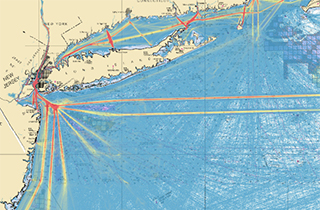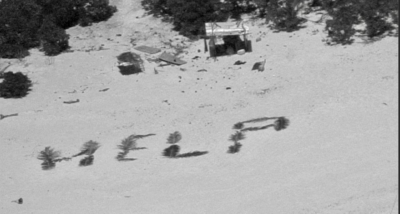In March, the U.S. Coast Guard published the final report for the Atlantic Coast Port Access Route Study. The study, which started in 2011, examined navigation safety corridors and how those corridors might be impacted by uses other than shipping, namely wind farm placements and related energy operations. Potentially, wind energy areas and structures could push some maritime traffic too close to shore, too far from shore, or force transit too closely together.
The planning guidelines produced by the study work group address multiple critical issues: ship/facility separation, for example, suggesting a two nautical mile distance from the parallel boundaries of a traffic lane and five nautical miles from the entry/exit of a traffic separation zone. Additional issues include “closest point of approach,” “cross-track error,” and offshore deep draft routes, among other topics.
The American Waterways Operators was part of a team that developed towing vessel safety corridors. Recommendations note that “Tug and barge operations are more complex than other commercial vessel operations and require additional considerations when evaluating the spatial requirements necessary for safe navigation.” This work, too, suggests a ship/facility separation of two nautical miles.
As wind projects offshore New York and New Jersey take shape, such traffic considerations have been a major factor for regulators and potential developers.
The study recommends that the Coast Guard incorporate the planning guidelines as policy into “appropriate publications or documents.” These could include Commandant Instructions, manuals, Navigation and Vessel Inspection Circulars (NVIC) and policy letters. It’s further recommended that the full scope of these policy documents should extend beyond renewable energy to include siting of any offshore structures.
Additional recommendations include continued Coast Guard partnership with the Bureau of Ocean Energy Management; continued Coast Guard outreach with states, federal agencies, the marine shipping industry and the wind energy industry; and a plan to transition the study-specific work group to a standing marine planning work group.
George Detweiler, a marine transportation specialist with the Coast Guard, said that this transition has already started. Detweiler added that there will be a continuing focus on the wide range of offshore facility issues likely to emerge in the next few years, from aquaculture to hydrokinetics. Study authors are confident that the guidelines will significantly lower the risk of an offshore project being found unacceptable due to navigation.





